Tucked away in the heart of Odisha, India, the Satkosia Tiger Reserve unfolds as a sanctuary of pristine landscapes and rich biodiversity. This reserve, located along the majestic Mahanadi River, invites wildlife enthusiasts and nature lovers to embark on a journey through its diverse ecosystems. In this article, we will unravel the historical tapestry, the intricate dance of flora and fauna, and the immersive experiences that await those seeking a connection with nature in this hidden gem.
What is Satkosia Tiger Reserve Famous For?
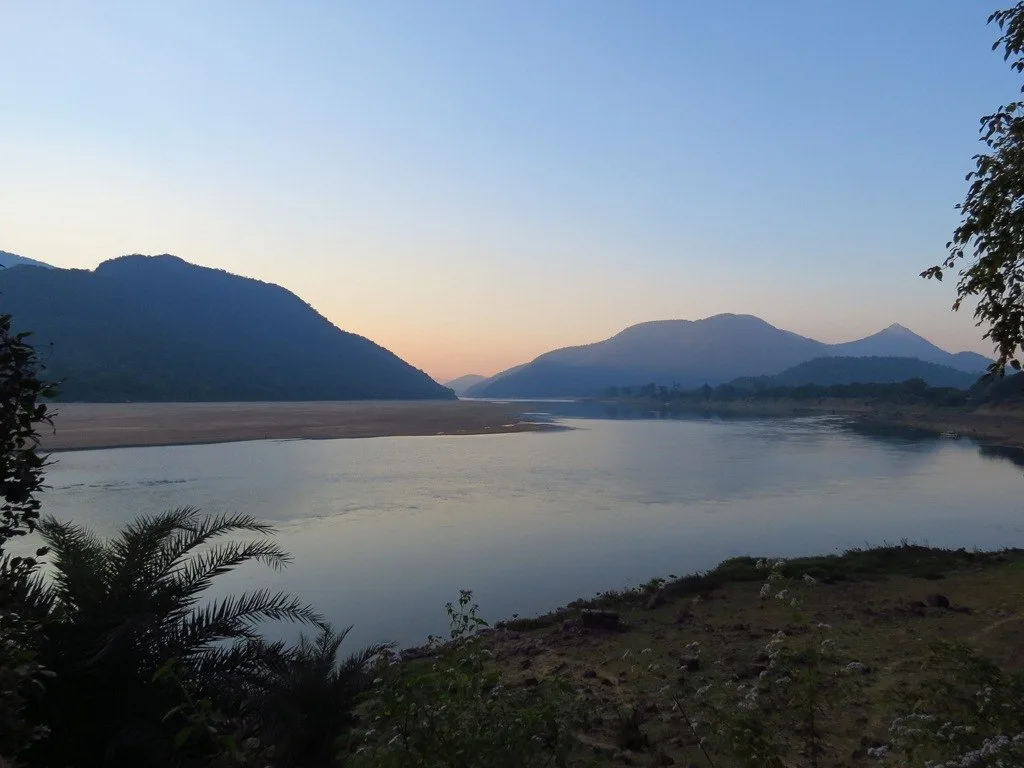
Satkosia Tiger Reserve is celebrated for its unique blend of riverine landscapes, dense forests, and diverse wildlife. Beyond its fame as a tiger habitat, the reserve boasts a rich biodiversity, with a variety of mammals, birds, and reptiles finding refuge within its boundaries. The convergence of the Mahanadi River adds a dynamic element to Satkosia’s natural allure.
History of Satkosia Tiger Reserve
The historical roots of Satkosia Tiger Reserve trace back to the region’s cultural and ecological significance. The reserve’s establishment reflects Odisha’s commitment to preserving its natural heritage and providing a secure habitat for endangered species. Satkosia stands as a testament to the state’s dedication to wildlife conservation.
Riverine Legacy
The Mahanadi River, flowing through the heart of Satkosia, has played a vital role in shaping the region’s ecology and supporting diverse ecosystems. The establishment of the reserve acknowledges the significance of this riverine landscape in fostering a unique environment for wildlife and vegetation.
Conservation Initiatives
Satkosia Tiger Reserve is part of the broader conservation initiatives in Odisha aimed at protecting the Eastern Ghats and ensuring the survival of endangered species. The reserve’s inclusion in the Project Tiger program underscores its commitment to tiger conservation and the preservation of the region’s ecological balance.
Flora at Satkosia Tiger Reserve
Entering Satkosia Tiger Reserve immerses visitors in a green symphony adorned with a diverse range of flora. The reserve’s landscapes showcase a variety of vegetation types, from dry deciduous forests to riparian habitats along the riverbanks. The lush greenery and unique plant species contribute to the enchantment of Satkosia’s natural beauty.
Dry Deciduous Forests
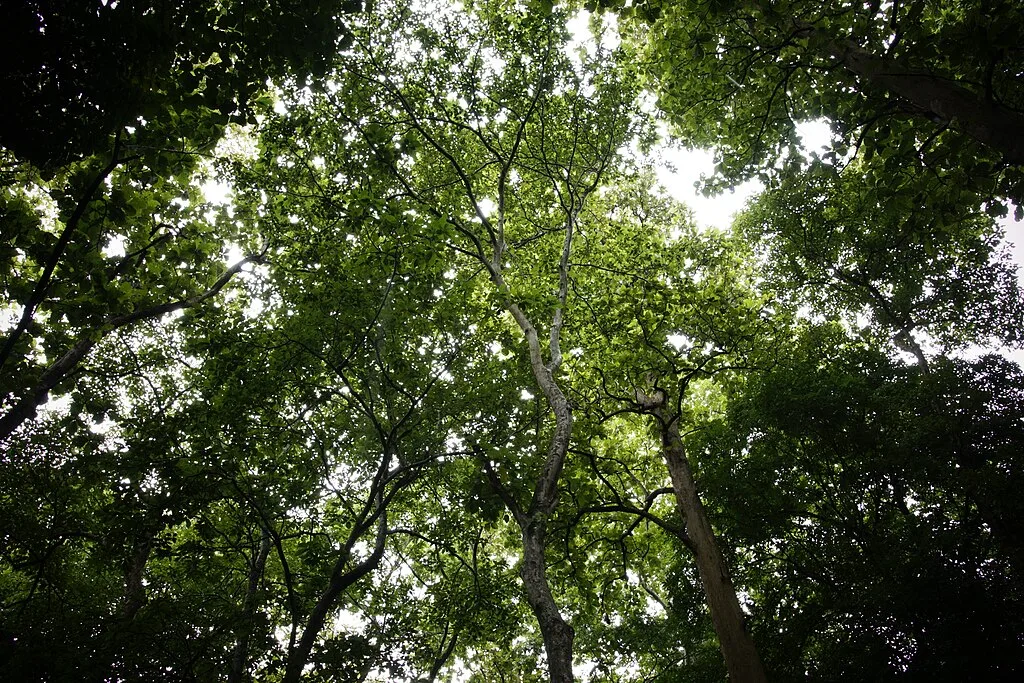
Satkosia is characterized by dry deciduous forests, featuring a mix of teak, sal, and bamboo among other tree species. These forests create a mosaic of habitats that support a variety of wildlife, from large mammals to smaller reptiles and birds. The changing foliage throughout the seasons adds to the visual appeal of the reserve.
Riparian Vegetation
The riverine habitats along the Mahanadi River harbor a distinct set of vegetation adapted to the wetter conditions. These riparian zones are home to aquatic plants, riverbank vegetation, and trees that thrive in proximity to water. The blending of terrestrial and aquatic ecosystems along the riverbanks enhances the overall biodiversity of Satkosia.
Fauna at Satkosia Tiger Reserve
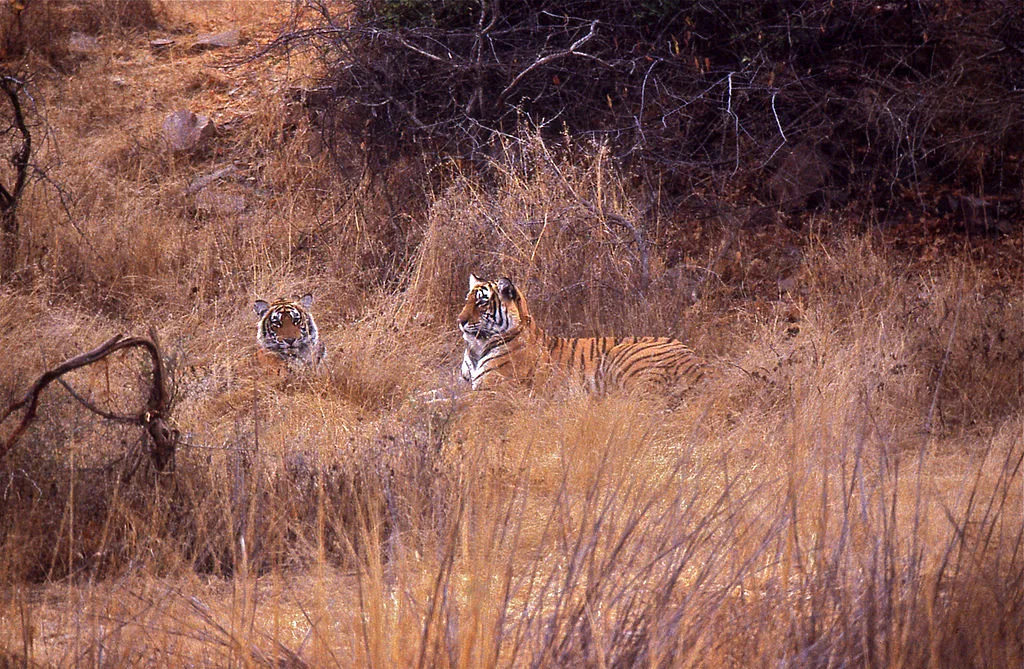
The real allure of Satkosia reveals itself as one encounters its diverse fauna. While the Bengal tiger is the flagship species, the reserve is also home to leopards, elephants, various deer species, and a plethora of birdlife. The varied habitats within the reserve, from dense forests to riverine landscapes, contribute to a rich biodiversity that captures the essence of the Eastern Ghats.
Bengal Tiger
Satkosia Tiger Reserve is a vital habitat for the Bengal tiger, a majestic and endangered species. The reserve’s commitment to tiger conservation includes habitat preservation, anti-poaching measures, and community engagement. As a result, Satkosia plays a crucial role in the conservation efforts for this iconic big cat.
Leopards and Elephants
Apart from tigers, Satkosia is home to Indian leopards, adding to the feline diversity within the reserve. The elephants of Satkosia are also noteworthy, wandering through the forests and occasionally venturing near the riverbanks. Observing these gentle giants in their natural habitat is a highlight for wildlife enthusiasts.
Avian Diversity
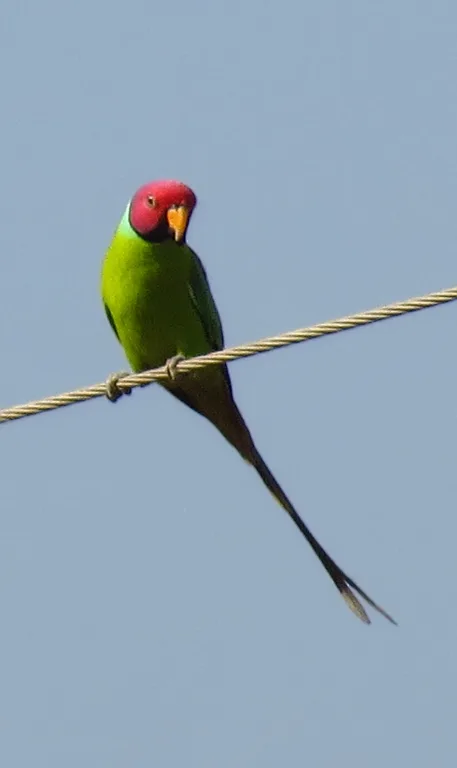
Satkosia Tiger Reserve boasts a rich avian diversity, with numerous bird species gracing its skies and riverbanks. The varied habitats, including forests, wetlands, and riverine areas, create ideal conditions for both resident and migratory birds. Bird watchers can delight in the opportunity to spot and observe the reserve’s feathered residents.
Safari Experience at Satkosia Tiger Reserve
Embarking on a safari in Satkosia Tiger Reserve is a journey into the heart of the Eastern Ghats. The reserve offers both boat safaris along the Mahanadi River and traditional jeep safaris, allowing visitors to explore its diverse landscapes and observe wildlife in their natural habitat. Knowledgeable guides share insights into the park’s ecology, ensuring a rich and informative safari experience.
Boat Safaris
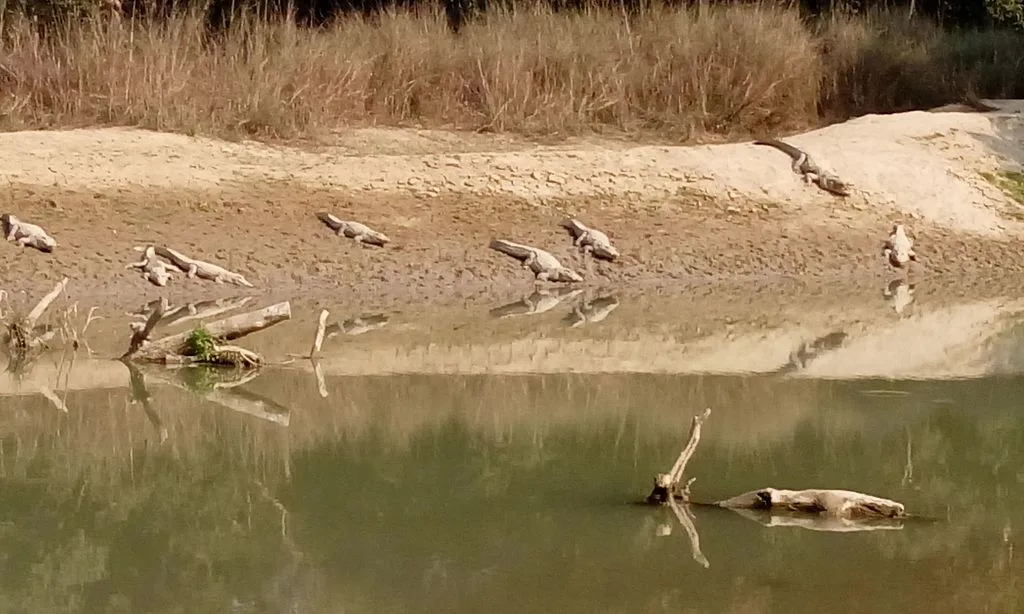
Boat safaris along the Mahanadi River provide a unique perspective of Satkosia Tiger Reserve. As visitors drift along the river, they have the opportunity to spot wildlife along the banks, including basking crocodiles, riverbank birds, and perhaps even a glimpse of the elusive Bengal tiger. The tranquil flow of the river adds a serene element to the safari.
Jeep Safaris
Jeep safaris in Satkosia offer a more traditional way to explore the reserve’s interior. The dry deciduous forests and riverine landscapes create varied settings for wildlife sightings. The Bengal tiger, leopards, elephants, and diverse bird species are among the many highlights that visitors may encounter during a safari.
How to Reach Satkosia Tiger Reserve
Nearest Airport and Railway Station
For those planning a visit, Biju Patnaik International Airport in Bhubaneswar serves as the nearest air gateway. The reserve is accessible by road from the airport, providing a scenic journey through the Eastern Ghats. Additionally, the nearest railway station is in Angul, offering rail connectivity for visitors traveling by train.
Road Connectivity
Satkosia Tiger Reserve is well-connected by road, allowing access from various parts of Odisha. The reserve’s entry points, including Tikarpada and Badmul, serve as gateways for visitors. Public and private transport options ensure a comfortable and scenic journey to the heart of the reserve.
Accommodation Options
To enhance the Satkosia experience, visitors can find accommodation options within and around the reserve. The Odisha Tourism Development Corporation offers comfortable lodges, providing an opportunity to stay in proximity to nature. It’s advisable to check availability and make reservations in advance, especially during peak wildlife viewing seasons.
Best Time to Visit Satkosia Tiger Reserve
The optimal time to visit Satkosia Tiger Reserve depends on personal preferences and interests. However, the post-monsoon and winter months are generally considered favorable for wildlife sightings and outdoor activities.
Post-Monsoon Season (October to March)
The post-monsoon season marks the beginning of the tourist season at Satkosia Tiger Reserve
. The weather is mild, and the reserve comes alive with lush greenery. This period is ideal for boat safaris, jeep safaris, and exploring the reserve’s diverse habitats.
Winter Season (November to February)
The winter months bring a pleasant chill to the air, making it an enjoyable time to explore Satkosia. The reduced foliage enhances visibility, increasing the chances of wildlife sightings. The open grasslands and riverbanks provide a unique landscape for photography and offer a clear view of the surrounding Eastern Ghats.
Things to Do at Satkosia Tiger Reserve
Beyond safari experiences, Satkosia Tiger Reserve offers a range of activities to engage visitors and provide a deeper understanding of its diverse ecosystems.
River Rafting
The Mahanadi River offers opportunities for river rafting, providing an adrenaline-filled adventure amid the scenic landscapes of Satkosia. Experienced guides ensure a safe and thrilling experience for those seeking an alternative way to explore the reserve.
Nature Trails
Guided nature trails within the reserve allow visitors to explore its diverse flora and fauna on foot. Trained naturalists provide insights into the park’s ecology, pointing out unique plant species, animal tracks, and the intricacies of the Eastern Ghats’ biodiversity.
Bird Watching
Satkosia is a paradise for bird watchers, with its varied habitats supporting a diverse avian population. Binoculars and bird identification guides become essential tools as visitors attempt to spot and document the vibrant plumage and unique behaviors of the reserve’s feathered inhabitants.
Conservation Awareness Programs
Satkosia Tiger Reserve conducts conservation awareness programs and workshops to educate visitors about the importance of wildlife conservation. These initiatives highlight the reserve’s role in preserving the Eastern Ghats’ biodiversity and the need for sustainable tourism practices.
Interesting Trivia about Satkosia Tiger Reserve
- Mahanadi Crocodile Sanctuary: Satkosia is home to the Mahanadi Crocodile Sanctuary, dedicated to the conservation of the Indian crocodile, also known as the mugger. The sanctuary’s efforts contribute to the protection of this endangered species.
- Eastern Ghats Biodiversity Hub: Satkosia Tiger Reserve is recognized as a biodiversity hotspot within the Eastern Ghats. Its diverse ecosystems, from riverine landscapes to dry deciduous forests, make it a hub for ecological research and conservation efforts.
- Tribal Communities: The region surrounding Satkosia is inhabited by indigenous tribal communities. These communities have a rich cultural heritage, and visitors have the opportunity to engage with them, learning about traditional practices and lifestyles.
In conclusion, Satkosia Tiger Reserve stands as a gateway to the untamed beauty of the Eastern Ghats. From the tranquil flow of the Mahanadi River to the diverse flora and fauna that call it home, every aspect of the reserve invites visitors to witness the majesty of nature in this central Indian sanctuary.
